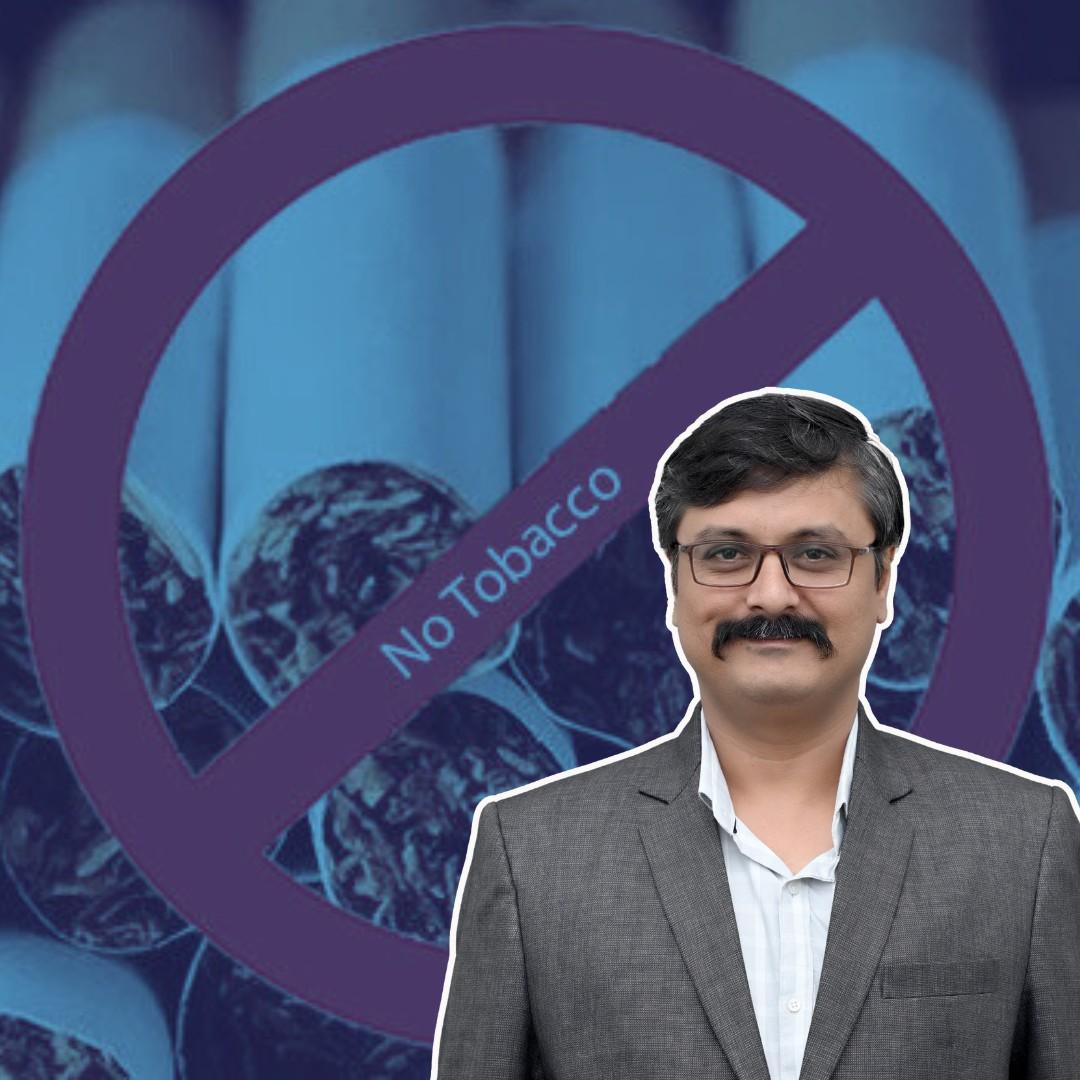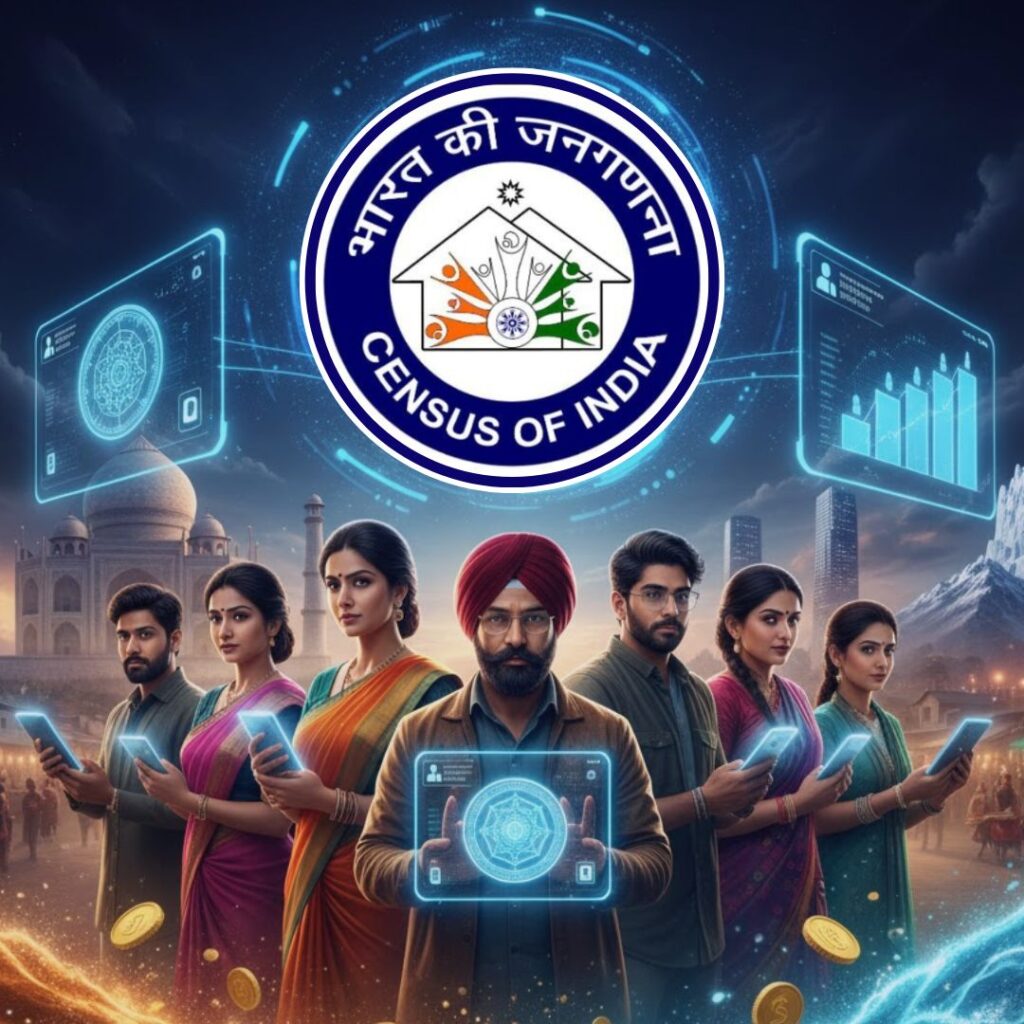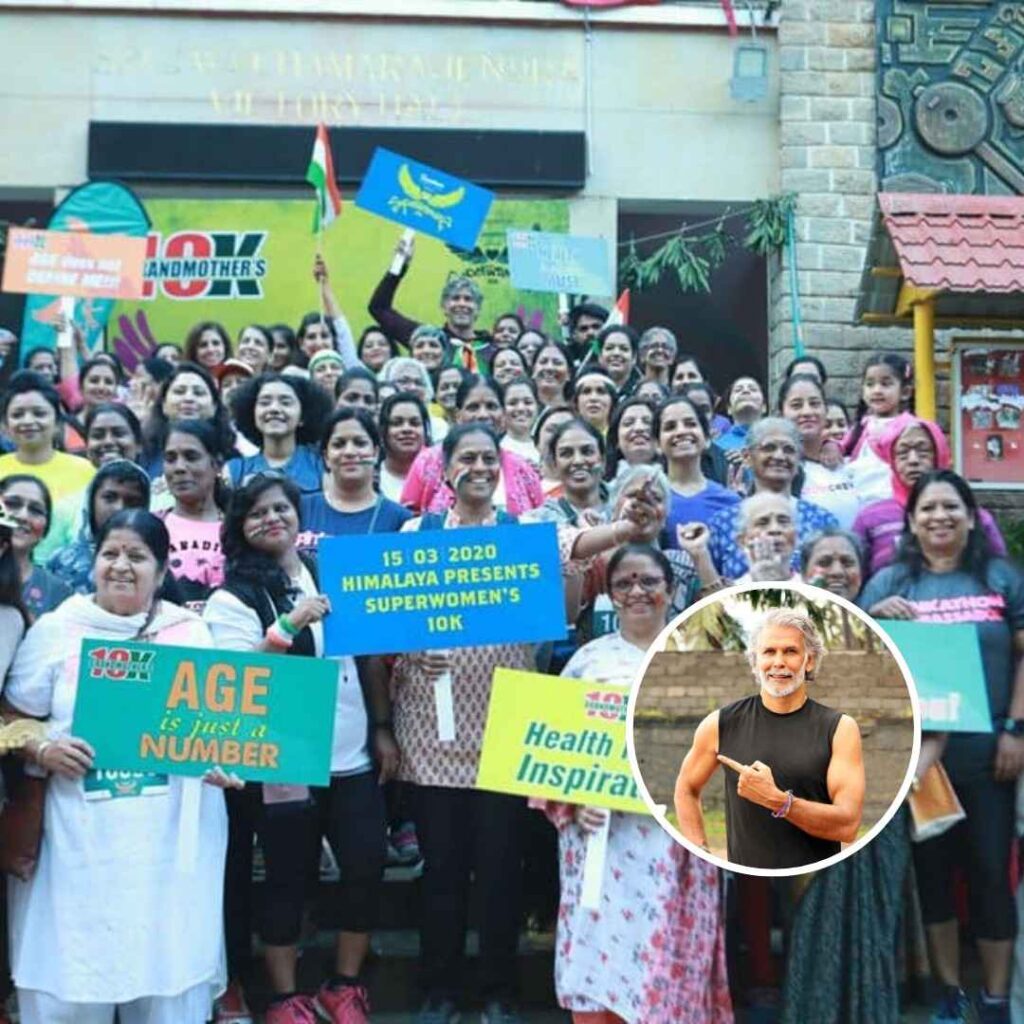Should India negotiate public health and child protection? The sale of pan masala and tobacco products must be banned within a radius of 5 kilometres around schools and educational institutes. This radius must be non-negotiable. Policymakers must support its implementation with swift and effective enforcement nationwide. Current Cigarettes and Other Tobacco Products Act (COTPA) regulations prohibit the sale of tobacco products within a radius of 100 yards (approximately 91 metres) of any educational institution.
This structural compliance has failed miserably, as street vendors, kiosks, and retail shops continue operating a few steps beyond this nominal perimeter, rendering the law ineffective. Retailers enjoy sales and consumers purchase such products during breaks or after educational hours, accentuating societal failure and a systemic regulatory fiasco.
Public Health Realities and Tobacco Usage Patterns
As per India TB Tobacco Report 2023, across India’s 1,827,612 notified TB patients, 75.5 per cent had their tobacco-use status documented—a rate notably higher in the public sector (79.5 per cent) than in private care (62.4 per cent). Of those screened, 11.5 per cent were identified as tobacco users (13.2 per cent public; 4.5 per cent private), yet only 31.9 per cent of these individuals were linked to cessation services (32.3 per cent public; 27.5 per cent private). State-level performance varies dramatically: Himachal Pradesh leads with 97.4 per cent status documentation, 90.1 per cent user identification, and 90.1 per cent linkage, demonstrating a robust continuum of care.
In contrast, Bihar documents tobacco status for just 48.5 per cent of patients and identifies only 6.6 per cent of screened cases. Lakshadweep and Puducherry achieve near–universal documentation (100 per cent and 97.1 per cent), though Lakshadweep’s identification rate remains low (4.5 per cent). Conversely, Tripura and Sikkim show suboptimal screening (≈68 per cent to 70.5 per cent) and modest identification (≈8 per cent), underscoring the need to disseminate best practices—especially systematic screening and robust referral protocols—from high-achieving regions to optimise tobacco-cessation integration nationwide.
It is estimated that some of these tobacco users consume it before the age of 15. This early use intensifies addiction, prolongs dependency on tobacco products, and increases the risk of cancer in their lifetime. Surrogate advertisements, positioned as mouth fresheners and endorsed by film actors, these pan masala blends contain carcinogens linked to oral submucous fibrosis, leukoplakia, and oral cancer. Therefore, India MUST not negotiate public health and must protect children from these products—at least prevent early exposure by restricting the sale of such products to 5 kilometres. This ban is not arbitrary; it serves three main public health functions.
First, this ban will reduce accessibility and impulsive buying. Travelling long distances to procure these products is unlikely, resulting in a decrease in habits and experimentation at an adolescent age. Second, this ban will denormalise tobacco use in educational environments. Visibility, accessibility, and availability contribute to the consumption and acceptance of harmful behaviours. This restriction creates non-access, making tobacco unappealing and socially discouraged. Finally, Indian pan masala retailers violate Article 16 of the World Health Organisation’s Framework Convention on Tobacco Control (FCTC). Expanding the radius of the ban is a stringent measure to operationalise India’s commitment to safeguard its youth capital.
Strategic Pathways and Policy Recommendations
There are economic concerns, as it will impact the livelihoods of retailers. The proposed ban seems to threaten retailers and small vendors. Their unions might have concerns and apprehensions as they provide household income to many. HOWEVER, we, the people of the Republic of India, must act on public health policy first, and it cannot be subordinated to hazardous market dependencies. We need to act strategically. The first strategic step needs to begin with phased implementation in major urban and Tier 1 cities, with alternative livelihood planning. The second step needs to equip small retailers to transition to healthier and equally profitable goods and services such as stationery, gaming, healthier beverages, and essential household commodities.
This transition must be under supervision by the National Tobacco Control Programme (NTCP) and the National Health Mission program. Finally, cooperative missions in India and policies are super active through cooperative banks and self-help groups, which could reduce economic shock from retailers’ transition. There are countries such as Thailand, Australia, and New Zealand that have implemented such policies. They have banned sales of such tobacco products near schools along with economic rehabilitation schemes for small vendors.
The government, with these policies, demonstrates its commitment to a healthier India with practical and impactful leadership. The current policy has three major challenges to enforce the 100-yard ban. First, minimal or no punitive action for non-compliance, which reduces deterrence. Second, jurisdiction issues such as coordinating communication efforts between educational institutions, legal departments, and administrative bodies. And finally, the absence or lack of use of technology such as blockchain and geo-tagging of tobacco retailers. These challenges to enforcement act like a sword without any sharp edges.
A 5-kilometre radius with the following revisions could be integrated into policy and would result in substantial impact. First, the government can issue a digital license to all tobacco retailers with compulsory GPS mapping to monitor real-time enforcement. This license should not have any fees levied on the retailers. Second, there should be stringent enforcement through penalties for any violations, which include cancelling the sales license and imposing heavy monetary fines.
Third, the Department of Health, in coordination with the District Magistrates, local school authorities, and the Department of Education, could create a dedicated enforcement task force and volunteers to report any non-compliance issues for transparent accountability. Integrating these three bodies could ensure active reporting of any violations of public health initiatives and programs; this measure must include hefty fines and public shaming of celebrities endorsing such carcinogenic products. Finally, public health awareness campaigns targeted to youth and parents should include legal penalties, health impacts, and societal responsibility to protect the future youth of India.
This 5-kilometre ban is an investment in national capital, economic productivity, and social development. This ban addresses Sustainable Development Goals on health, education, and reducing inequalities. Leadership—both political and bureaucratic—has demonstrated its commitment to a Viksit Bharat, and this ban shall assist in achieving the WHO’s target to achieve a reduction of 30% in tobacco use, which at present seems a far-fetched dream. This move requires India to move beyond its comfort zone. As per the WHO report, India loses 1% of its GDP to diseases and early deaths from tobacco use. While these statistics remain alarming, what is more worrisome is that we lose youth aged 30-50 years, the prime working-age population.
Thus, policymakers must act decisively by imposing and enforcing a 5-km ban as a paradigm shift in the regulatory framework to safeguard India’s youth. We, the people of India, should see this ban as protecting, not restricting, Indian youth—with a strong assertion towards public health guided by legal reform, economic rehabilitation, technology-led enforcement, and public awareness through education. We need an educational environment free from addiction and disease. Any delay is decorating the dynamic death coffins of India’s future capital.
Authored by Prof Mrunal Chavda, Assistant Professor – Humanities and Liberal Arts, Indian Institute of Management Raipur (IIM Raipur)
The views expressed in this article are solely those of the author. The Logical Indian does not endorse or hold any opinion on its content.













